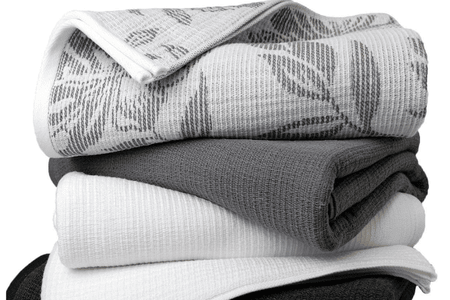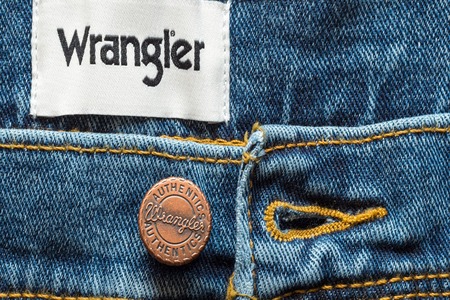
Hohenstein Institute launches biodegradability seal for ecological clarity
YarnsandFibers News Bureau 2020-11-18 12:23:49 – Germany
Most purchases end up in the landfills at the end of its life cycle. Hohenstein Institute advanced to address this problem by developing a biodegradability seal.
The biodegradable label has existed since 2015 and has regained popularity and value in today’s world to assess sustainable textiles. This implication has gained importance as companies not only have to act responsibly in the manufacturing of their products but also have to ensure ethical disposal. Biodegradable textile products should dissolve completely into the soil and the residues from dyeing or finishing processes should not have a negative impact on the environment. The wrong perception that consumers have with respect to natural fibres being able to degrade completely is put to rest with the new tag. All natural fibres are not biodegradable as they are finished with many chemicals that do not decompose biologically without pollutants. Even if products are 100% made from cotton the chemical treatment can cause harm to the environment.
To aid textile manufacturers to gain clarity, the Hohenstein Institute has issued a seal that tests and evaluates the biodegradability of textile products in soil. Hohenstein has studied the reactions of various fibre-based materials rot in the ground and assesses how quickly or slowly they dissolve and what remains from them. The basic test takes between four weeks and twelve months, depending on the material and the problem in hand. The tests are conducted in standardised test soil under aerobic conditions, thereby monitoring the biological activity by using various parameters such as temperature, soil moisture, chemical oxygen demand, soil respiration, etc.
In the end, the tests curate a degradation rate of the product that is determined on the basis of what material is leftover and its environmental compatibility or pollution. This is estimated based on ecotoxicological studies and chemical analyses.
To obtain a label or the certification, the product must degenerate to a minimum of 90%. This needs to be verified after twelve months of testing. The other criteria to gain certification is that the residue must be ecologically harmless.
Market Intelligence
Ask for free sample Report

experience
Customer Base
dedicated team
Countries Served Worldwide









